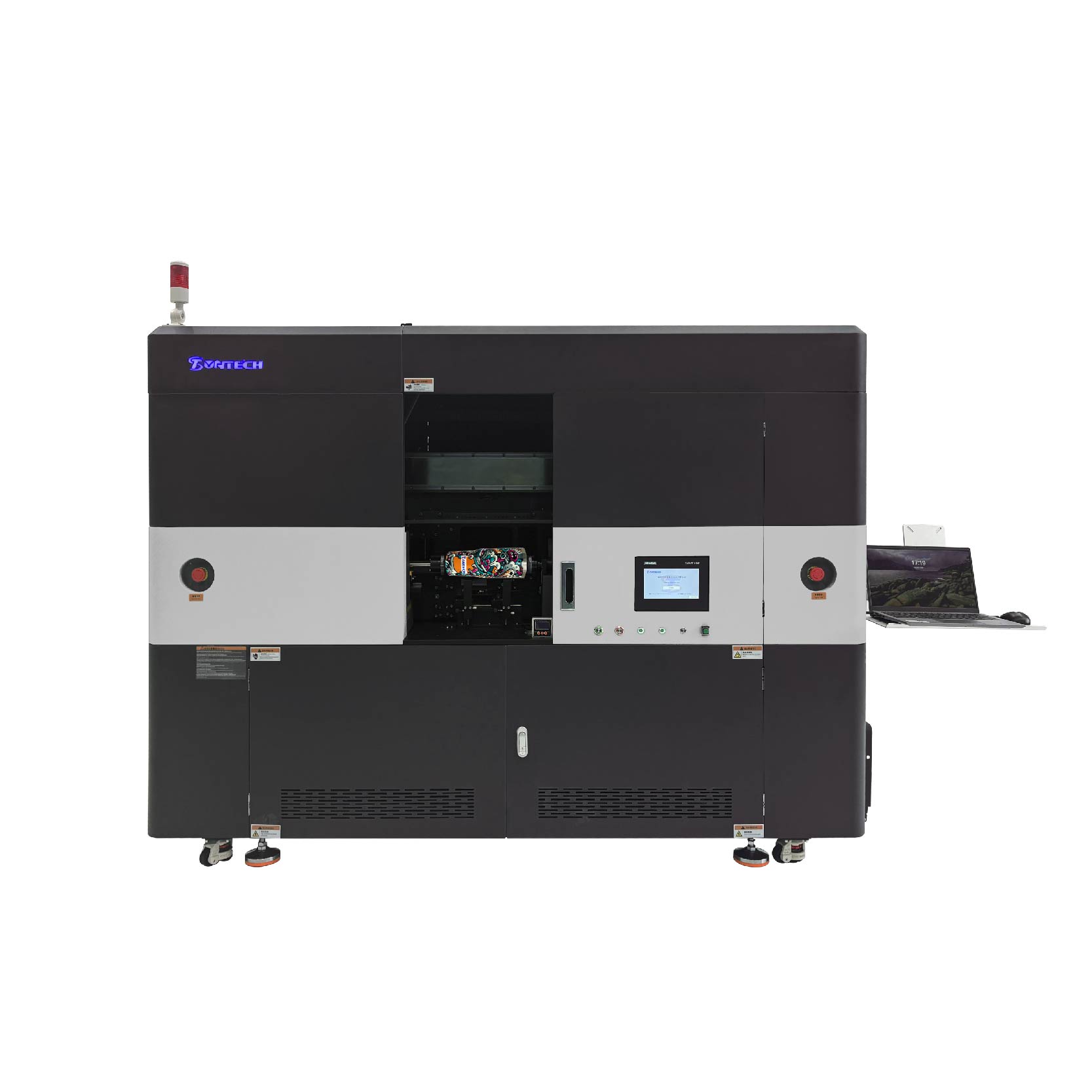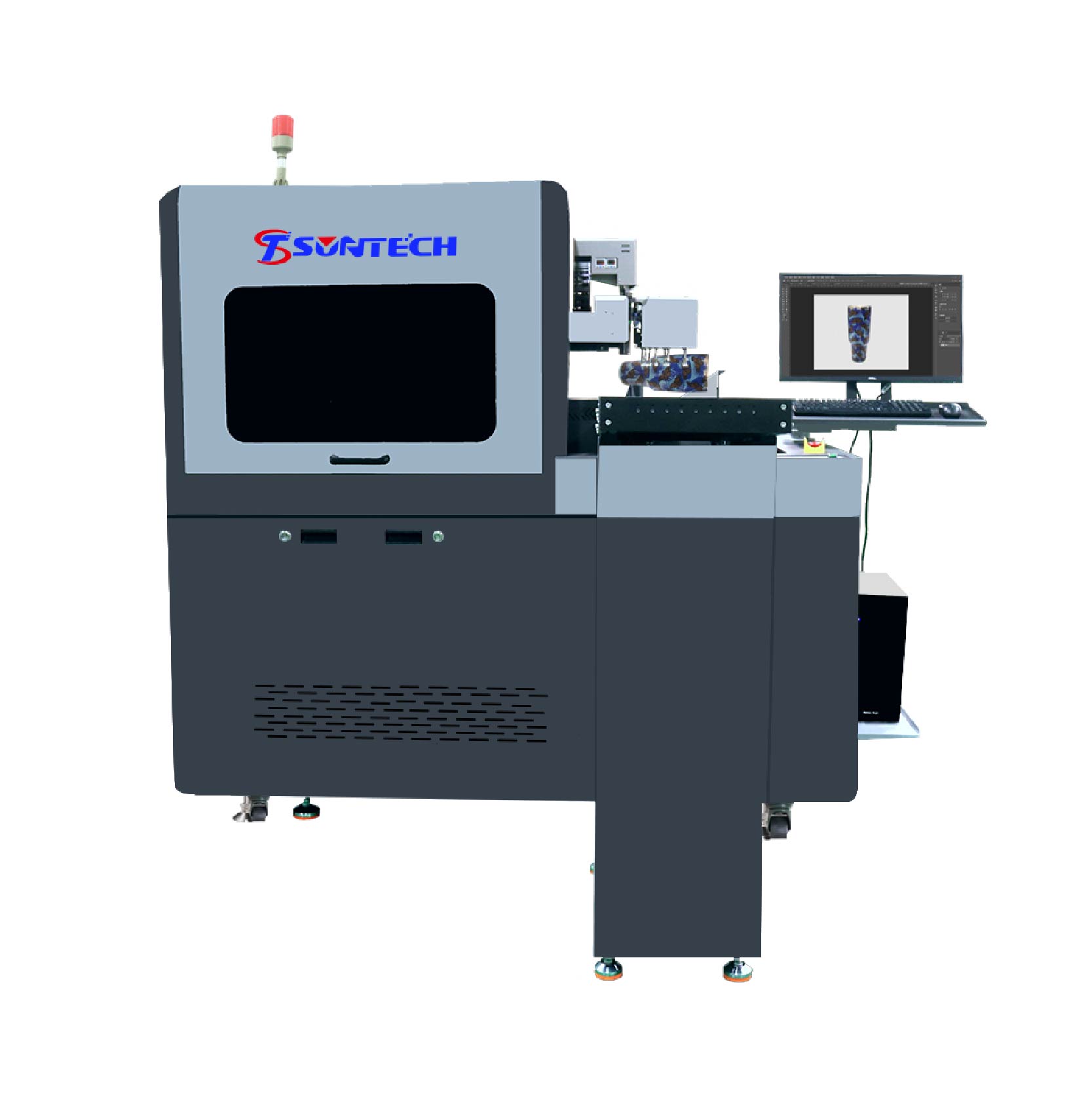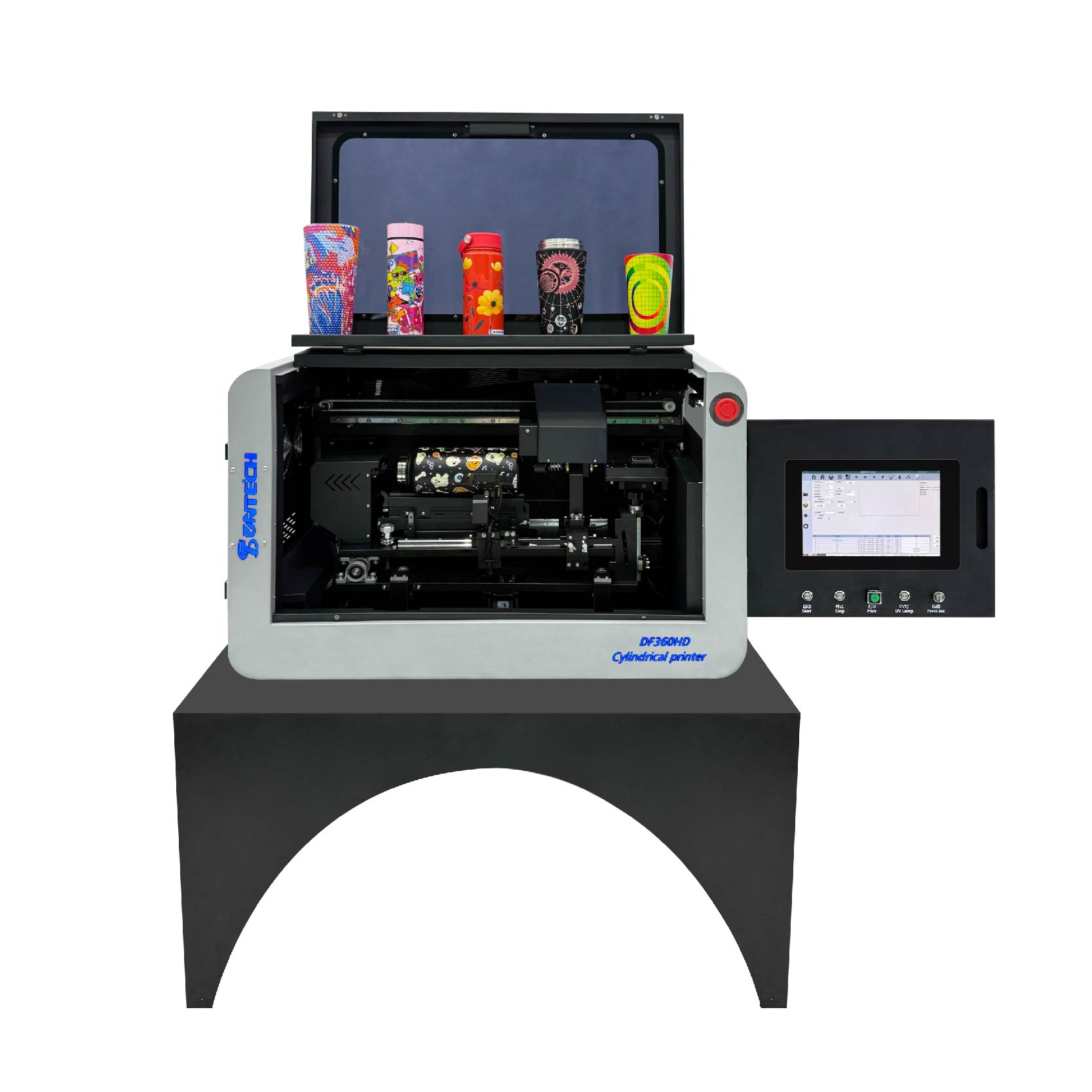n recent years, digital printing technologies have significantly transformed the garment decoration industry. Among the most popular methods, DTF (Direct to Film) and DTG (Direct to Garment) printing stand out for their ability to deliver high-quality, custom apparel with speed and flexibility. While they may appear similar at first glance, they differ greatly in process, material compatibility, cost-efficiency, and results. This article offers a detailed comparison of DTF and DTG printers, helping you decide which is the better fit for your business.
Understanding DTF Printing Technology
A DTF printer transfers designs onto garments through a heat transfer process involving a PET film. Here’s a breakdown of the process:
- Step 1: The image is printed onto a special PET film using CMYK + white ink.
- Step 2: The wet ink is coated with a fine hot-melt powder.
- Step 3: The powder is melted through a curing process.
- Step 4: The film is heat-pressed onto the garment, permanently bonding the design to the fabric.
Product Advantages
- Fabric Versatility: No pretreatment is needed; works with cotton, polyester, nylon, denim, and blends.
- Vivid Colors and Fine Detail: Produces crisp, vibrant images with a white ink overlay, making it ideal for dark fabrics.
- Durability: DTF prints are resistant to washing and wear, with no cracking or fading.
- Cost-Efficiency: Lower startup and operating costs compared to DTG.
- Batch-Friendly: Simple 4-step workflow is ideal for small to medium batch production.
- Material Flexibility: Can also print on leather, wood, acrylic, metal, and more.

Understanding DTG Printing Technology
DTG involves printing designs directly onto a garment using inkjet technology and textile inks. The process typically includes:
- Pretreatment: Garments (especially dark ones) must be pretreated to ensure ink adhesion.
- Printing: The design is applied directly to the fabric using water-based inks.
- Curing: The ink is fixed with heat to make it washable.
Product Advantages
- Soft Hand Feel: DTG prints absorb into the fabric, resulting in a soft, natural finish.
- High Resolution for Flat Designs: Especially good for photographic images and smooth textures.
- No Transfer Film Required: Fewer consumables; eliminates the film transfer step.
- Environmentally Friendly: Uses water-based inks that are eco-safe.
Key Differences Between DTF and DTG Printers
| Feature | DTF Printer | DTG Printer |
|---|---|---|
| Pretreatment | Not required | Required (especially for dark fabrics) |
| Fabric Compatibility | Works on almost any material | Best on 100% cotton |
| Setup Cost | Lower startup investment | Higher equipment and material cost |
| Durability | Excellent wash resistance | Good, but may fade over time |
| Texture Feel | Slightly raised due to film layer | Very soft, ink-soaked finish |
| Print Speed | Faster for batches | Slower for bulk production |
| Maintenance | Low maintenance needs | Requires frequent head cleaning |
| Design Complexity | Handles fine lines, gradients, and complex graphics | Excels in photographic and gradient printing |
Use Cases and Application Scenarios
DTF Printer Applications
- Apparel: T-shirts, hoodies, uniforms, baby clothes
- Accessories: Caps, scarves, socks, gloves
- Home Textiles: Canvas bags, aprons, pillows
- Promotional Items: Logos and designs on giveaways and branded products
DTG Printer Applications
- Premium Garment Printing: Ideal for high-end fashion brands
- Custom One-Off Shirts: Great for online print-on-demand stores
- Photographic Prints: Works well for detailed photo-realistic images
Why Choose a DTF Printer for Versatility and Growth
With the rise in demand for multi-material printing and cost-efficient production, DTF printers have gained significant market traction.
- No Material Limits: DTF doesn’t restrict you to cotton; you can print on hundreds of fabric types and even hard surfaces.
- Lower Costs: Ideal for startups and small businesses thanks to minimal investment in setup and consumables.
- Simple Workflow: Even new users can operate the printer without advanced training.
- Batch Readiness: Ideal for both prototyping and full-run manufacturing.
A prime example is the ST-C300DTF from Suntech, which uses an Epson XP600 printhead for precision and speed. Supporting print widths up to 30cm, it delivers excellent color consistency and compatibility with leather, fabric, wood, plastic, and more. This China cylinder UV printer alternative is ideal for those needing a compact, efficient, and scalable solution.

DTF vs DTG: Which Should You Choose?
Choose DTF if you need:
- Versatile fabric printing (cotton, polyester, blends, etc.)
- Durable, vivid, and scratch-resistant prints
- No pretreatment hassles
- Small to mid-volume production
- Low-maintenance operations
Choose DTG if you need:
- Soft-feel prints on 100% cotton
- Photographic image quality
- One-off, high-resolution prints for fashion or artwear
- Environmentally friendly water-based ink usage
Why Suntech DTF Printers Are a Smart Investment
Suntech’s line of high-performance DTF printers is engineered for reliability, ease of use, and professional-grade results. Highlights include:
- Industrial-Grade Stability: Supports 24/7 continuous operation
- Integrated Drying & Powder System: Ensures smooth film output
- RIP Software Compatibility: Handles complex image processing
- Full Consumables Support: Ink, PET film, hot melt powder, and more
- Global After-Sales Network: Includes remote support and on-site services
Whether you’re a startup looking for low-cost entry into textile printing or an experienced manufacturer expanding your service range, Suntech offers complete DTF printing solutions tailored to your needs.
Both DTF and DTG printing offer unique advantages in the digital textile space. The decision ultimately depends on your production goals, fabric types, and operational budget. For most growing businesses seeking cost-effective, durable, and multi-surface printing options, DTF printing—especially with a reliable China cylinder UV printer like the models from Suntech—presents an outstanding opportunity.
For businesses ready to take the next step in textile customization, DTF offers unmatched versatility and scalability without sacrificing print quality. DTG remains an excellent solution for those prioritizing fabric feel and photographic quality. By understanding your application needs and comparing technologies carefully, you can select the perfect tool to drive your printing business forward.




